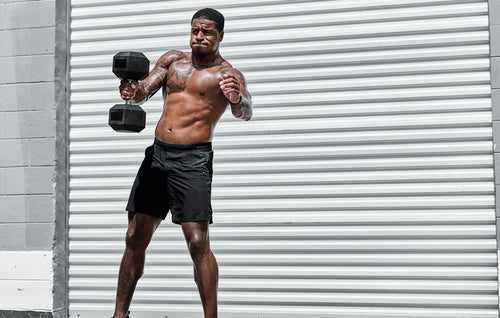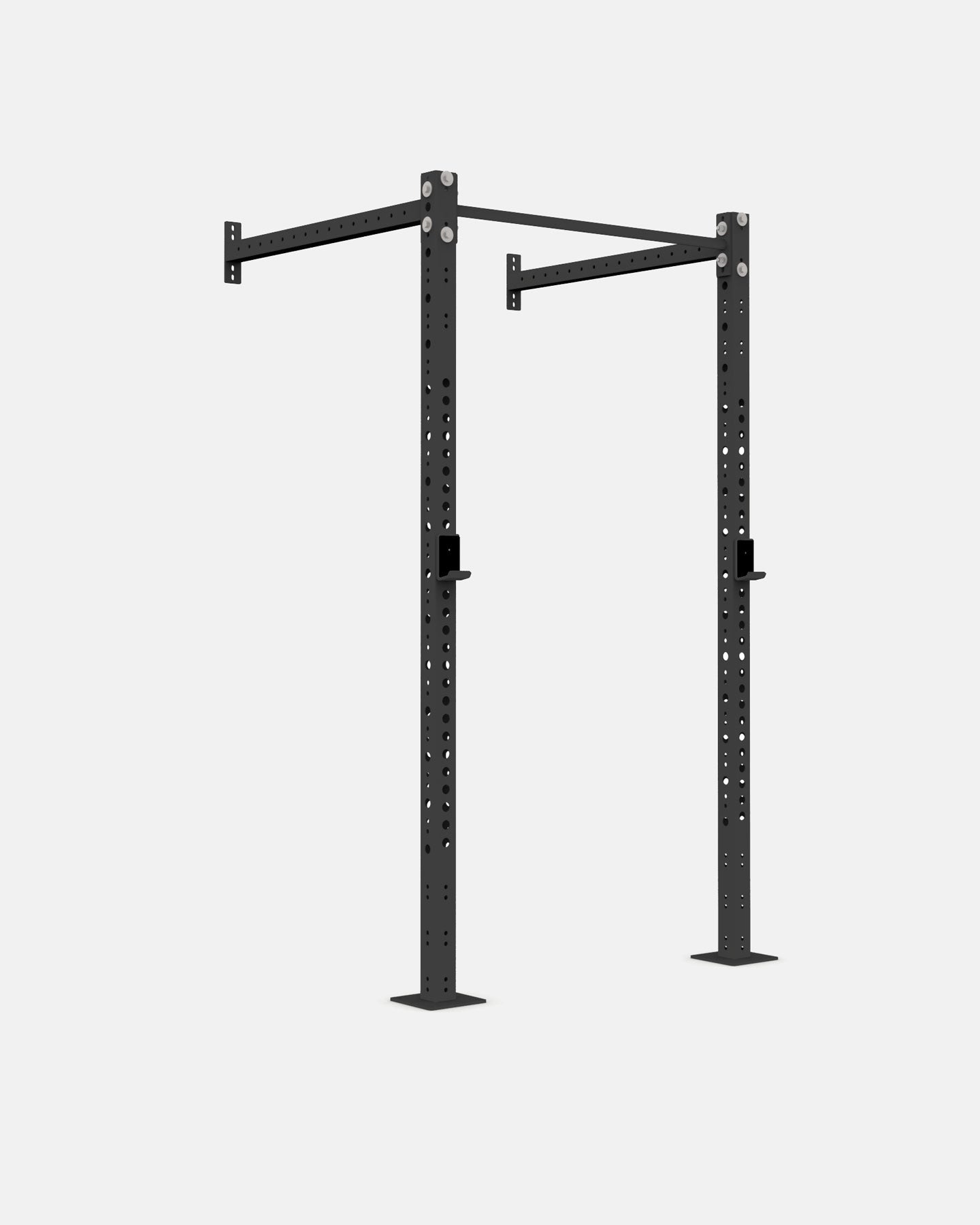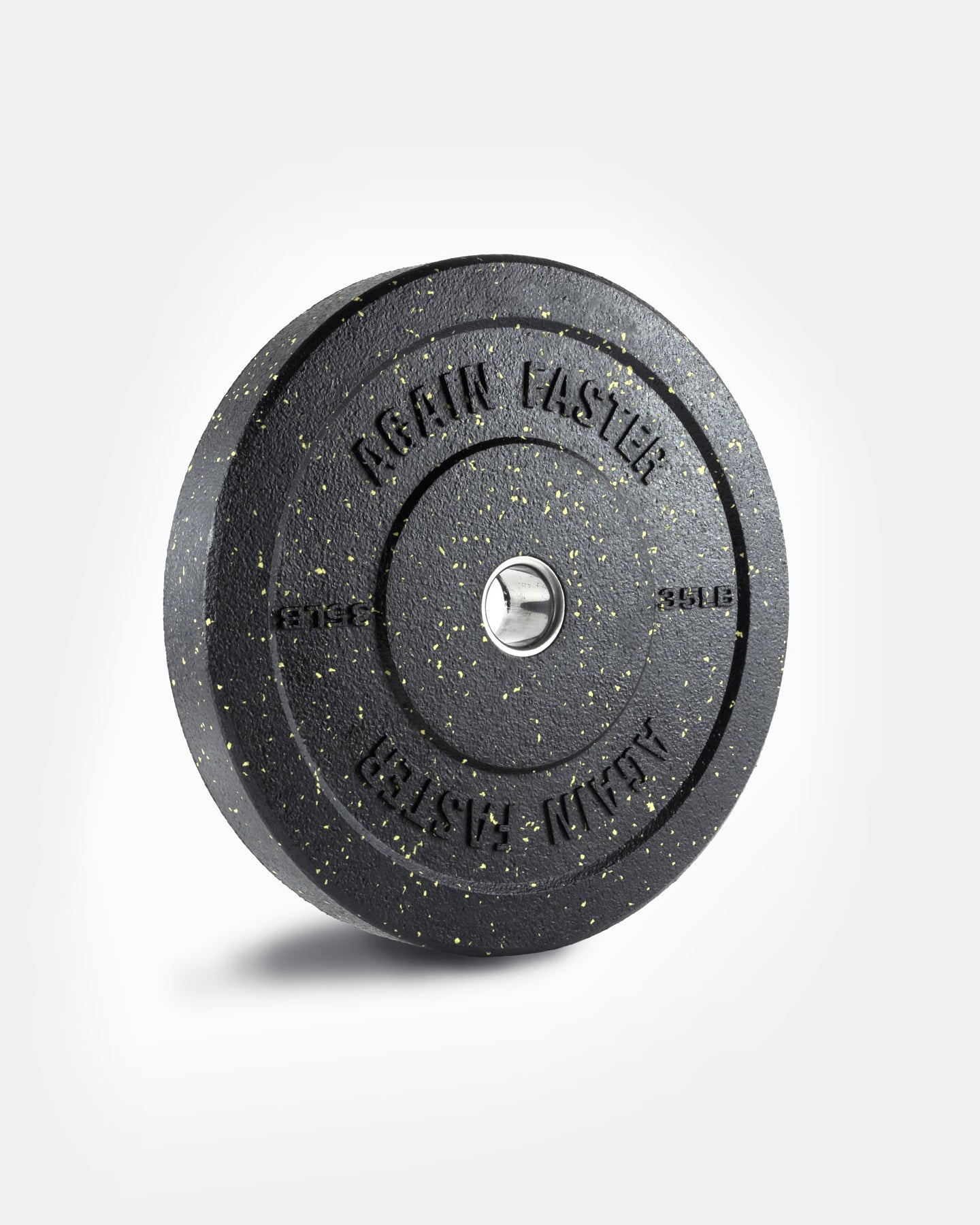1. Define Your Goals and Space Constraints:
What are you planning to achieve with your rig?
Is it for squatting and pressing, or do you need clearance for pull-ups and muscle-ups? Do you need your training station to feature ball targets for medicine ball throws, plyo step attachments, battle rope attachments, and suspension trainers? The versatility of rigs makes answering these questions an important first step.
A typical wall-mounted rig measures 8’ in height and 4’ in width. However, there's flexibility in adjusting the distance from the wall and the pull-up bar height, which I'll dive into later.
A 20kg barbell is 7’ long. Make sure you have enough clearance around the rig, allowing the barbell to fit easily and ensuring you can make hassle-free weight adjustments. This avoids any awkward movements that could lead to injuries or accidents.
4. Quality and Durability:
Again Faster Rigs are robust. There was a transition from 2X2” to 4X4” metal uprights in the past, but now, a solid 3X3” tubing is used. This size strikes a balance between strength and manageability, making it perfect for home use.
5. Mounting Considerations:
Stringers help attach the rig station to your wall. If you're fixing the rig to lightweight construction with weak wall studs, investing in stringers is advisable. However, an alternative I've found effective is using a 48” long piece of 1X4” wood as a makeshift stringer. Once fixed securely to the wall, it easily supports the rig extensions.











